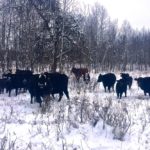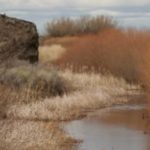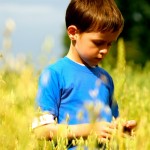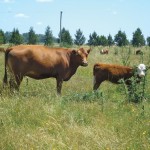The Langford Escarpment, a 178-hectare parcel of grasslands, treed areas and wetlands, will be preserved for endangered species and sustainable grazing practices through a deal between the Harper family and the Nature Conservancy of Canada.


The Langford Escarpment, a 178-hectare parcel of grasslands, treed areas and wetlands, will be preserved for endangered species and sustainable grazing practices



Stakeholders from across the industry are currently working together to develop a Manitoba-focused rangeland and pasture health assessment


Array

Trends in Wyoming are occurring across North America

New non-cattle-ranching owners of U.S. rangeland are one reason for brush encroachment